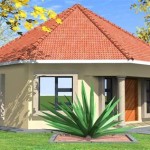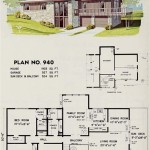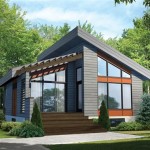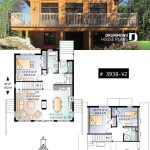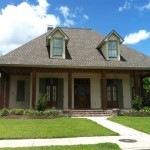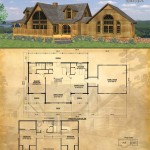Hog Farrowing House Plans: Essential Aspects for Successful Swine Operations
In the competitive swine industry, efficient and well-designed farrowing houses are crucial for optimal animal welfare, production, and profitability. Hog farrowing house plans should meticulously consider various factors to ensure a conducive environment for sows and their litters, maximizing the potential for successful farrowing and nursing.
1. Optimal Space Allocation
Adequate space is essential for sows to move comfortably, engage in maternal behaviors, and facilitate piglet mobility. Farrowing crates should provide sufficient space for sows to lie down, turn around, and express natural behaviors. Furthermore, ample space should be allocated for piglets to explore, play, and develop properly.
2. Ventilation and Temperature Control
Maintaining an optimal environment within the farrowing house is vital for the health and well-being of sows and piglets. Proper ventilation ensures adequate fresh air exchange, removes harmful gases, and regulates temperature. Temperature control is crucial for piglet survival, as newborns are highly susceptible to temperature fluctuations. A combination of natural ventilation, fans, and heaters may be necessary to maintain optimal conditions.
3. Biosecurity and Hygiene
Preventing the introduction and spread of diseases is essential in hog farrowing operations. Farrowing houses should be designed with strict biosecurity measures in place. This includes separate entrance and exit points, thorough cleaning and disinfection protocols, and controlled access to minimize the risk of disease transmission.
4. Nursing Area Design
The nursing area should be designed to provide a safe and comfortable environment for piglets to suckle. Creep areas or heated floors can supplement nursing behavior and protect piglets from drafts and cold temperatures. Farrowing crates should have adjustable side rails to allow for varying litter sizes and minimize crushing incidents.
5. Feed and Water Access
Sows require access to clean water and nutritious feed throughout the farrowing and nursing period. Feeders and waterers should be placed strategically to facilitate easy access and minimize competition. Automatic feeding systems may be beneficial in ensuring a consistent supply of feed.
6. Waste Management
Proper waste management is essential for hygiene and odor control. Farrowing houses should be equipped with effective waste removal systems, such as slatted floors or manure pits. Ventilation and drainage systems should be designed to minimize ammonia and other harmful gases generated by waste.
7. Labor Efficiency
Farrowing house plans should consider labor efficiency to optimize productivity and reduce operational costs. Well-designed layouts, ergonomic equipment, and automated systems can streamline tasks and minimize labor requirements. Convenient access to supplies, feed, and water can also enhance labor efficiency.
8. Equipment and Features
Essential equipment and features in a hog farrowing house include farrowing crates, creep areas, heat lamps, scales, and medication dispensers. Advanced technologies such as electronic sow feeders, temperature monitoring systems, and video surveillance can enhance management and improve piglet survival rates.
9. Building Materials and Maintenance
Durable and easy-to-clean materials are crucial for the longevity and functionality of farrowing houses. Concrete, stainless steel, and epoxy-coated surfaces are commonly used to withstand the demanding conditions and facilitate thorough cleaning. Regular maintenance is essential to preserve the integrity of the building and equipment.
10. Environmental Impact
Hog farrowing operations can have an environmental impact. Proper waste management practices, energy-efficient lighting and ventilation systems, and sustainable building materials can help minimize environmental footprint. Additionally, effective manure management and biogas capture systems can reduce greenhouse gas emissions.
By carefully considering these essential aspects in hog farrowing house plans, producers can create an optimal environment for sow and piglet well-being, maximize production efficiency, and ensure the overall profitability and sustainability of their swine operations.

Farrowing House Design The Pig Site

Swine Farrowing Units Pork Information Gateway

Floor Plan Of 2 Werribee Farrowing Pens Constructed In Modified Scientific Diagram

Pig Farrowing Crate Reasonable Sow House Design

20 Sow Farrowing House
Schematic Drawings A Of Farrowing House With The Main Dimensions In Scientific Diagram
Housing
Layout Of A Farrowing Pig Barn With Slatted Floor Scientific Diagram

Plans For Hog Houses Livestock Small Farmer S Journalsmall Journal

Plans For Hog Houses Livestock Small Farmer S Journalsmall Journal


